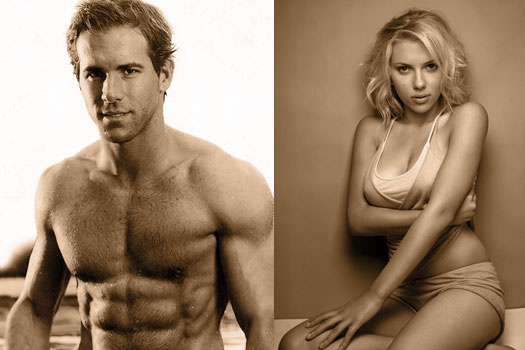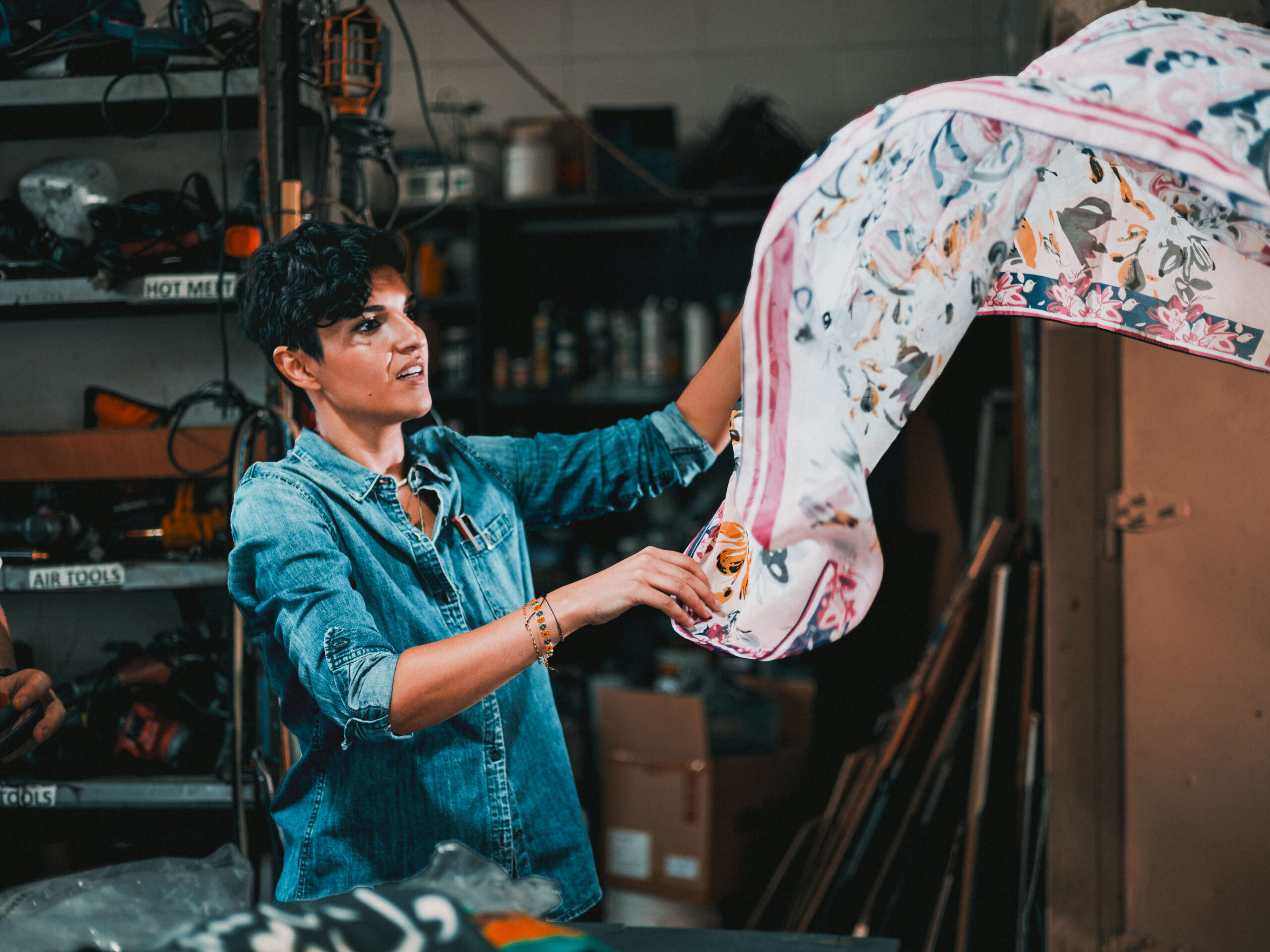
December 15, 2010
Be Careful What You Wish For

What happens when you combine People’s Sexiest Man Alive with GQ‘s Hottest Babe? They get married!
Then they split up.
Sad but not so very surprising, and it didn’t take a Wiklileaks potboiler to make it front page news, either. While Time Magazine blamed it on too much hotness, most news sources have been rather respectful or maybe they’re all just bored. MTV recently quoted Scarlett Johansson (above right) referring to her husband Ryan Reynolds (above, left) as “that Canadian I live with”.
Touching, isn’t it?
It’s fascinating from a design standpoint to witness what happens when public displays of perfection just spectacularly self-destruct, and begs the question: aren’t designers guilty of a similar crime? Much has been written about the tautology of media culture, about the degree to which we both consume and contribute to this vicious cycle. While we’re typically dealing with inanimate objects, don’t designers on some level embrace a parallel pursuit of a kind of aspirational perfection? Don’t we critique ourselves on our search for flawless form, for ideal beauty? Isn’t design about being hot and sexy enough to convince someone of something? To persuade? To sell?
So there you go: the sexiest boy meets the hottest girl, and what does it get you? Bupkis.
Then again, why even bother looking at the pictures when you can google Gawker and see the rise and fall of the American celebrity marriage in one click?

Observed
View all
Observed
By Jessica Helfand
Related Posts

Business
Courtney L. McCluney, PhD|Essays
Rest as reparations: reimagining how we invest in Black women entrepreneurs

Design Impact
Seher Anand|Essays
Food branding without borders: chai, culture, and the politics of packaging

Graphic Design
Sarah Gephart|Essays
A new alphabet for a shared lived experience

Arts + Culture
Nila Rezaei|Essays
“Dear mother, I made us a seat”: a Mother’s Day tribute to the women of Iran
Recent Posts
Candace Parker & Michael C. Bush on Purpose, Leadership and Meeting the MomentCourtney L. McCluney, PhD|Essays
Rest as reparations: reimagining how we invest in Black women entrepreneurs Food branding without borders: chai, culture, and the politics of packaging Why scaling back on equity is more than risky — it’s economically irresponsibleRelated Posts

Business
Courtney L. McCluney, PhD|Essays
Rest as reparations: reimagining how we invest in Black women entrepreneurs

Design Impact
Seher Anand|Essays
Food branding without borders: chai, culture, and the politics of packaging

Graphic Design
Sarah Gephart|Essays
A new alphabet for a shared lived experience

Arts + Culture
Nila Rezaei|Essays

 Jessica Helfand, a founding editor of Design Observer, is an award-winning graphic designer and writer and a former contributing editor and columnist for Print, Communications Arts and Eye magazines. A member of the Alliance Graphique Internationale and a recent laureate of the Art Director’s Hall of Fame, Helfand received her B.A. and her M.F.A. from Yale University where she has taught since 1994.
Jessica Helfand, a founding editor of Design Observer, is an award-winning graphic designer and writer and a former contributing editor and columnist for Print, Communications Arts and Eye magazines. A member of the Alliance Graphique Internationale and a recent laureate of the Art Director’s Hall of Fame, Helfand received her B.A. and her M.F.A. from Yale University where she has taught since 1994.